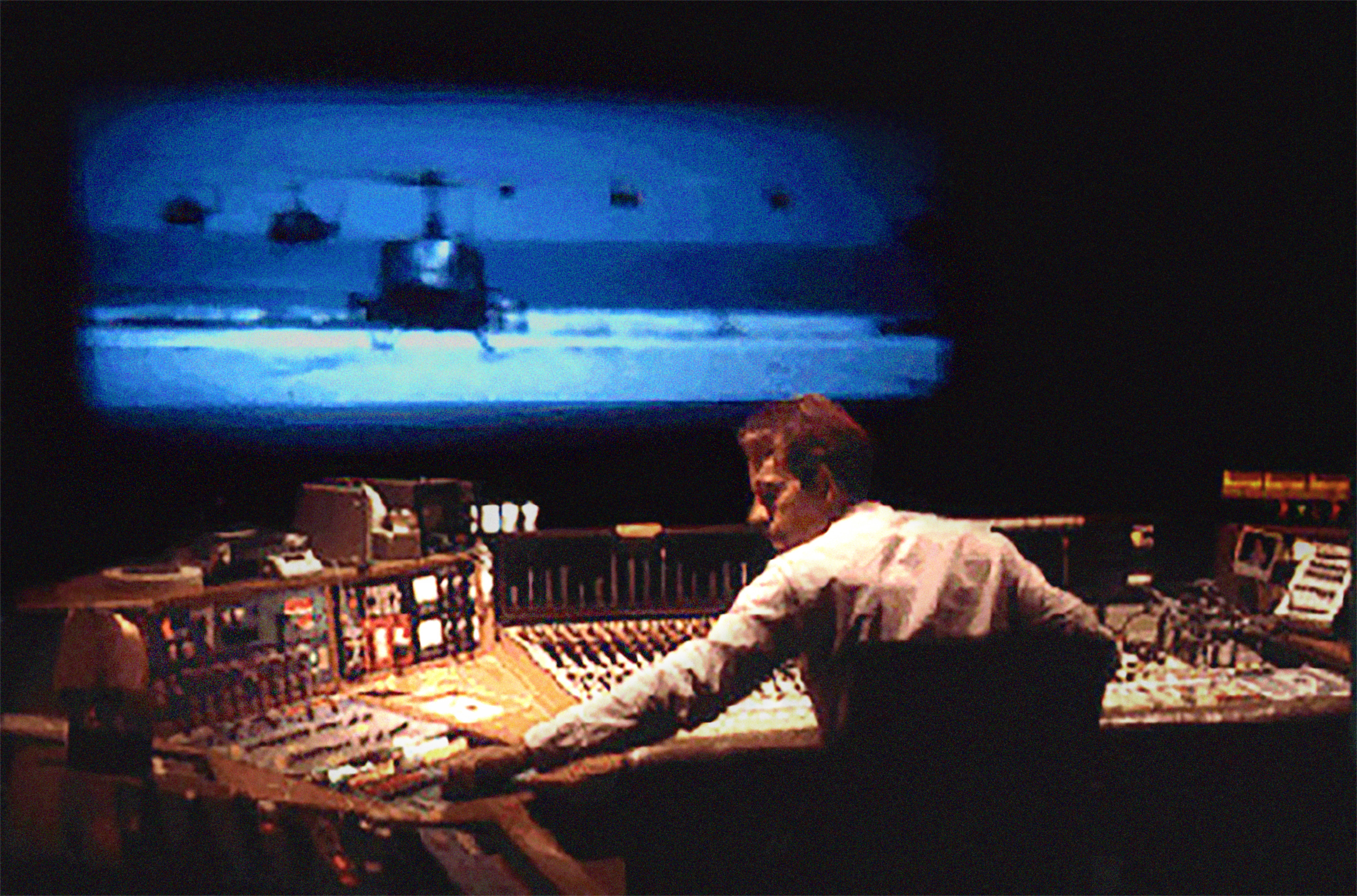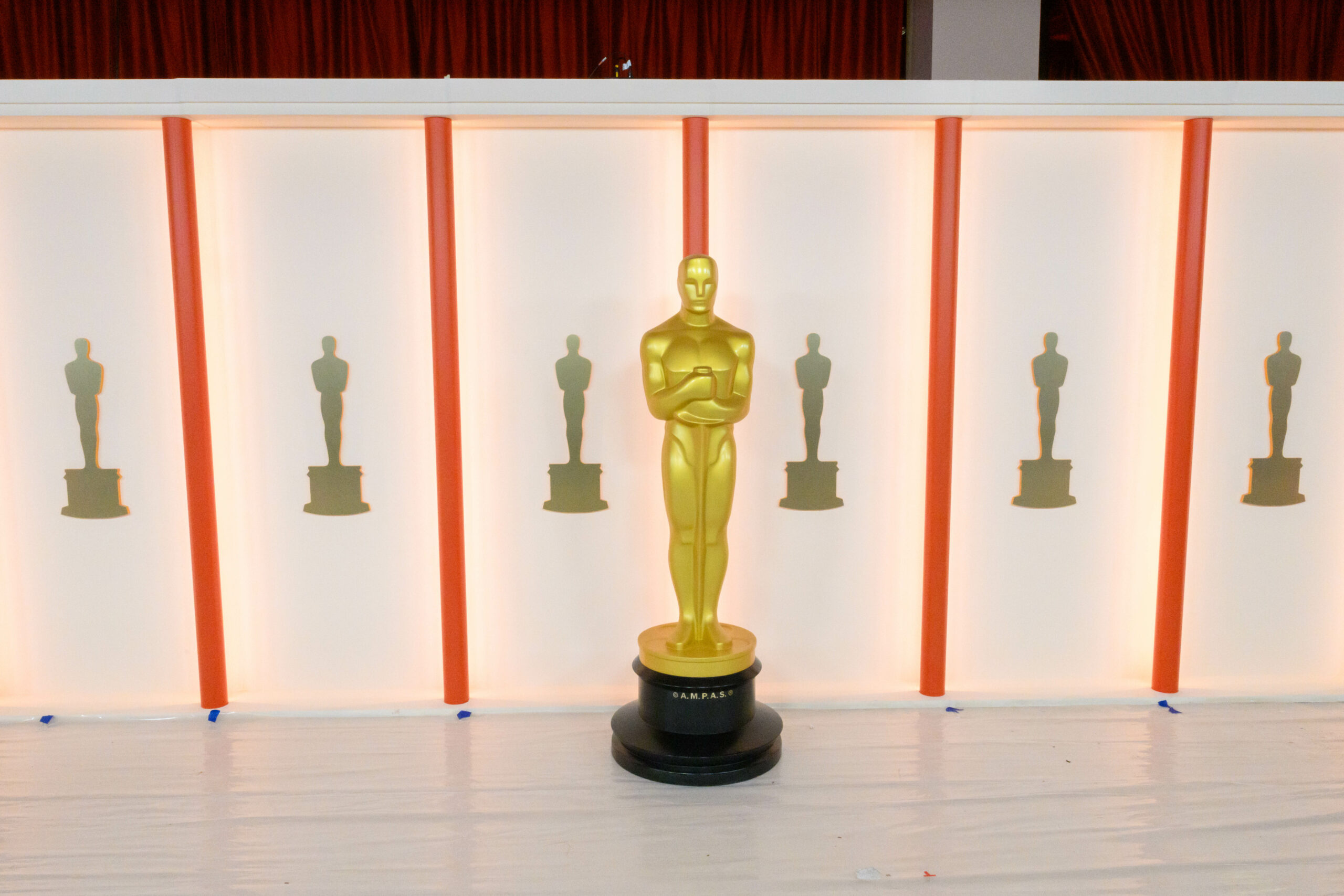
Making Waves: The Art of Cinematic Sound digs deep into the craft that make our favorite films what they are by looking at the sound design.
More often than not, we think of sound design as being one of the technical awards come the Oscars. The fact of the matter is that it’s more than just a tech award. Sound mixing and sound design go hand in hand but without them, films wouldn’t be the same. While a number of filmmakers are interviewed, sound designers Walter Murch, Ben Burtt, and Gary Rydstrom drive the narrative. Together, the three of them have 13 Oscar wins and several more nominations.
Through both interviews and clips, director Midge Costin takes us on a journey through the history of sound design. How important is sound design in the process? This is just one of the many questions that get answered in the 90 minute film. With a 90-minute run time, we’re basically getting the Cliff Notes version but it’s still very insightful and educational. There is so much out there regarding sound design that this is just the tip of the iceberg. Costin speaks to a number of filmmakers, including George Lucas, Steven Spielberg, David Lynch, Robert Redford, Barbra Streisand, Ang Lee, Christopher Nolan, Sofia Coppola, Ryan Coogler, etc.
When it comes to sound design as we know it today, the aforementioned trio are the ones that broke the ground to get us to the present. Star Wars and Jurassic Park are cinematic achievements in sound design. We don’t get those films without George Lucas and Steven Spielberg, obviously. We especially don’t get these films without the innovating achievements of Ben Burtt and Gary Rydstrom.

Early on in the documentary, the film profiles the making of Saving Private Ryan. Director Steven Spielberg and sound designer Gary Rydstrom have a really good working relationship. Saving Private Ryan is not only a classic film but features one of the best cinematic openings in history. The conversations by both Spielberg and Rydstrom reveal that the film’s opening would not be easy. They spent weeks working on getting it just right. On top of this, John Williams’ Oscar-nominated score is missing during the large bulk of the battle because it would feel out of place. This is why, as Rydstrom notes, it doesn’t come in until the final seconds on the life raft.
“The point is to convey an emotion,” filmmaker George Lucas says of sound design. “Everything is in the service of that and sound is half of the experience.”
To further drive the point home, there’s some excerpts from Steven Spielberg’s 2010 Filmmaker Recipient Speech to the Motion Picture Sound Editors (MPSE). Some of these quotes do get taken out of context a bit but you can watch Spielberg’s speech in full by clicking the link.
“I’ve always been of the belief that our ears lead our eyes to where the story lives…The work you all do make massive contributions to the telling of the story. I love all your cleverness and ingenuity….I love the sense of fun…that makes these moments eternal.”
Another important thing we learn about sound design from the film: it’s not just for men. Women can work in sound, too! Supervising sound editor Cece Hall shares a fascinating anecdote from working on Top Gun. She would actually be fired from the film because a studio executive didn’t think that the film was about sound. Flash forward to the Oscars: Hall would be nominated for Best Effects, Sound Effects Editing. She would receive flowers from said exec shortly thereafter.
Making Waves: The Art of Cinematic Sound does for sound design what Score: A Film Music Documentary does for film music. Making Waves: The Art of Cinematic Sound leaves one feeling inspired by those working on the craft!
DIRECTOR: Midge Costin
SCREENWRITER: Bobette Bustin
FEATURING: Walter Murch, Ben Burtt, Gary Rydstrom, George Lucas, Steven Spielberg, Barbra Streisand, Ryan Coogler





